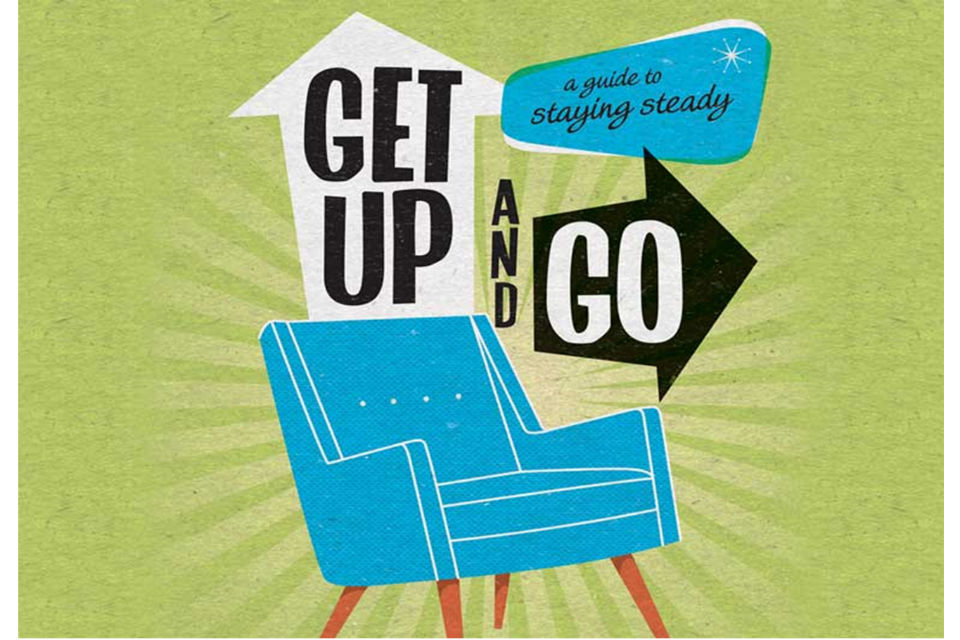The 6-Second Trick For Dementia Fall Risk
The 6-Second Trick For Dementia Fall Risk
Blog Article
Rumored Buzz on Dementia Fall Risk
Table of ContentsExcitement About Dementia Fall RiskSee This Report on Dementia Fall RiskRumored Buzz on Dementia Fall RiskThe smart Trick of Dementia Fall Risk That Nobody is DiscussingSome Known Incorrect Statements About Dementia Fall Risk
Make sure that there is a designated location in your medical charting system where staff can document/reference ratings and record relevant notes connected to fall avoidance. The Johns Hopkins Autumn Threat Evaluation Tool is one of many devices your staff can make use of to help protect against negative medical occasions.Person drops in healthcare facilities are usual and devastating negative events that linger in spite of years of effort to decrease them. Improving interaction throughout the examining registered nurse, care group, patient, and individual's most included family and friends may reinforce fall avoidance efforts. A group at Brigham and Women's Healthcare facility in Boston, Massachusetts, sought to establish a standard loss prevention program that centered around boosted interaction and client and family members engagement.

The advancement team highlighted that effective execution relies on patient and personnel buy-in, combination of the program into existing process, and integrity to program procedures. The team noted that they are facing how to ensure continuity in program execution throughout periods of dilemma. Throughout the COVID-19 pandemic, as an example, a boost in inpatient drops was associated with restrictions in individual involvement along with limitations on visitation.
Our Dementia Fall Risk PDFs
These incidents are normally considered avoidable. To apply the intervention, companies require the following: Accessibility to Autumn ideas resources Fall pointers training and retraining for nursing and non-nursing staff, consisting of brand-new nurses Nursing process that allow for client and family interaction to carry out the falls assessment, guarantee use of the avoidance strategy, and carry out patient-level audits.
The outcomes can be extremely harmful, typically speeding up patient decrease and creating longer hospital stays. One research estimated stays raised an extra 12 in-patient days after a client autumn. The Fall TIPS Program is based upon interesting individuals and their family/loved ones across 3 primary processes: analysis, individualized preventative interventions, and bookkeeping to make sure that clients are engaged in the three-step loss prevention procedure.
The person assessment is based upon the Morse Autumn Scale, which is a confirmed autumn threat evaluation device for in-patient health center settings. The scale consists of the 6 most typical factors clients in medical facilities drop: the client loss background, high-risk problems (including polypharmacy), use IVs and other outside devices, mental standing, stride, and mobility.
Each risk variable relate to several workable evidence-based treatments. The nurse produces a plan that includes the interventions and is visible to the care group, client, and household on a laminated poster or published visual aid. Nurses create the strategy while satisfying with the patient and the individual's household.
The Facts About Dementia Fall Risk Revealed
The poster functions as an interaction tool with various other participants of the view it patient's care team. Dementia Fall Risk. The audit part of the program consists of assessing navigate to this website the person's knowledge of their threat factors and avoidance plan at the system and healthcare facility degrees. Registered nurse champions conduct at the very least 5 specific interviews a month with clients and their families to examine for understanding of the autumn avoidance plan

A projected 30% of these drops outcome in injuries, which can range in severity. Unlike other adverse events that call for a standardized professional response, loss avoidance depends highly on the demands of the individual.
The Definitive Guide for Dementia Fall Risk

Based on bookkeeping outcomes, one site had 86% compliance and 2 websites had more than 95% conformity. A cost-benefit evaluation of the Autumn pointers program in eight medical facilities approximated that the program expense $0.88 per individual to carry out and resulted in cost savings of $8,500 per 1000 patient-days in straight costs associated with the avoidance of 567 drops over 3 years and 8 months.
According to the advancement group, organizations curious about carrying out the program ought to conduct a preparedness assessment and falls prevention spaces evaluation. 8 In addition, companies should make sure the required framework and workflows for execution and create an application plan. If one exists, the company's Autumn Prevention Task Pressure should be entailed in preparation.
The Single Strategy To Use For Dementia Fall Risk
To begin, companies should make sure completion of training components by nurses and nursing assistants - Dementia Fall Risk. Hospital personnel must assess, based on the needs of a health center, whether to use an electronic health document printout or paper version of the autumn avoidance plan. Implementing teams ought to recruit and educate nurse champs and establish processes for auditing and reporting on fall data
Team need to be included in the procedure of redesigning the workflow to engage clients and family members in the assessment and prevention plan procedure. Solution ought to be in area to ensure that units can comprehend why a fall happened and remediate the reason. Extra particularly, registered nurses ought to have networks to give continuous responses to both staff and system leadership so they can change and boost fall avoidance operations and communicate systemic troubles.
Report this page